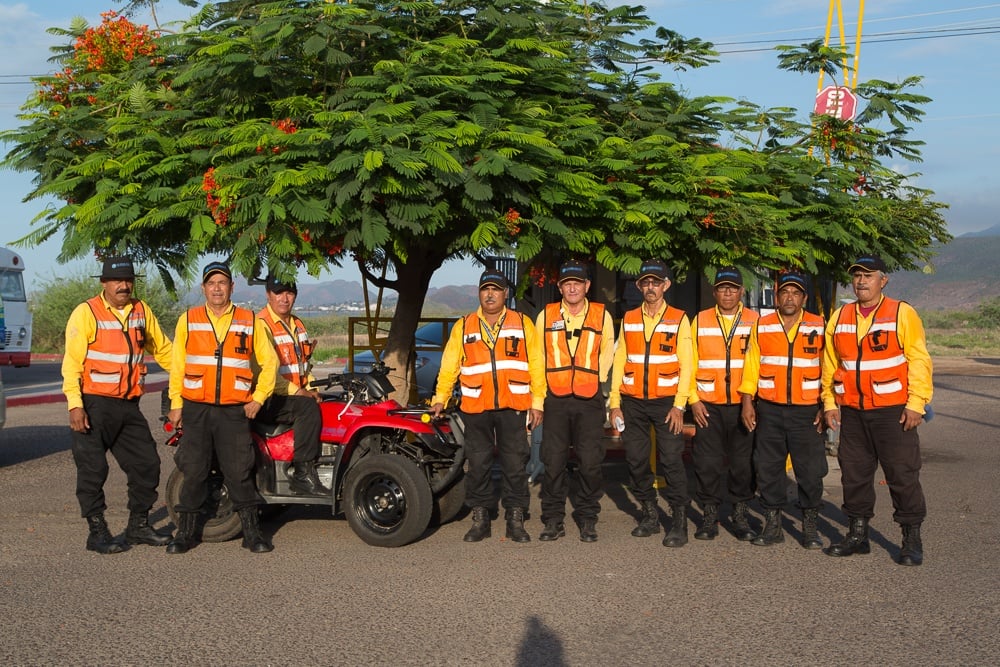Once known only for its ceramic tiles and colonial architecture, Saltillo is now revered as Mexico's largest automotive manufacturing cluster. The mile-high desert city is home to more technical schools and major automakers than anywhere else in Mexico, earning it the apt nickname "Little Detroit."
Education opportunities
One of Saltillo's major advantages is its extensive education system. The Universidad Tecnológica de Coahuila was built in 1995, a result of the city's initial automotive growth. University officials worked directly with local manufacturers, adjusting their curriculum to automakers specific needs in return for students' job security. Twenty years later, Saltillo is home to 17 universities, 11 research centers, 23 technical schools and Mexico's highest average level of education.
U.S. manufacturers in Mexico donate equipment directly to the university labs, where students are trained as plant technicians and engineers. The hope is that the students will one day work for them - a wish that usually comes to fruition, as 80 percent of graduates do just that.
Major manufacturers
Although the rampant automotive manufacturing growth in Saltillo can partially be attributed to the passage of NAFTA in 1994, its roots can be traced back to the opening of General Motors in 1980. Chrysler followed suit soon after, and the industry was already considered booming by 1990.
Magna International also has plants in the area, and luxury brands such as BMW, Mercedes and Audi are starting to expand to the coveted automotive cluster. With 80 percent of Mexican-made cars going to the US market, the country has officially surpassed major competitor Brazil in auto production due in part to the benefits reaped from nearshoring.
Thanks largely to Saltillo's educated workforce and strong industry foothold, nearly every major global auto company plans on manufacturing in Mexico within the next decade.
"Little Detroit"
What initially brought the massive influx of labor needed to fuel Saltillo's manufacturing machine was a federal loan from the Instituto del Fondo Nacional de la Vivienda para los Trabajadores, also known as INFONAVIT. Ten thousand workers were recruited from southern Veracruz to a suburb directly north of Saltillo called Ramos Arizpe. Since the initial migration, skilled workers have continued to flock to the city to join the automotive powerhouse.
Large, six-lane highways and a constantly improving railway system, coupled with an influx of banks (and access to credit), have strengthened Little Detroit's infrastructure and manufacturing capabilities. From Saltillo, it's 50 miles to the major industrial city of Monterrey and 180 miles to Laredo, Texas. The city also gleans the unique benefit of being 1,600 feet above sea level - a factor that significantly reduces manufacturing utility costs.
An emerging middle class
As the auto industry continues to grow, the federal government has ordered the building of new homes to accommodate families flocking to the area. Saltillo is now home to a massive shopping mall complete with a Nine West, signifying an accompanying growth in consumer spending. The middle class is only expected to continue developing as Mexico continues to strengthen its economic initiatives and develop its infrastructure.
More and more automotive manufacturers are expanding to Mexico, a trend that will only become more prevalent as cities like Saltillo provide unique, competitive manufacturing through superior education and partnerships. As a member of the NAFTA corridor and 40 plus international trade agreements, Little Detroit also offers both duty-free export as well as an expedited, streamlined supply chain tailored specifically to foreign investment.
Subscribe
Sign up and stay informed with tips, updates, and best practices for manufacturing in Mexico.





